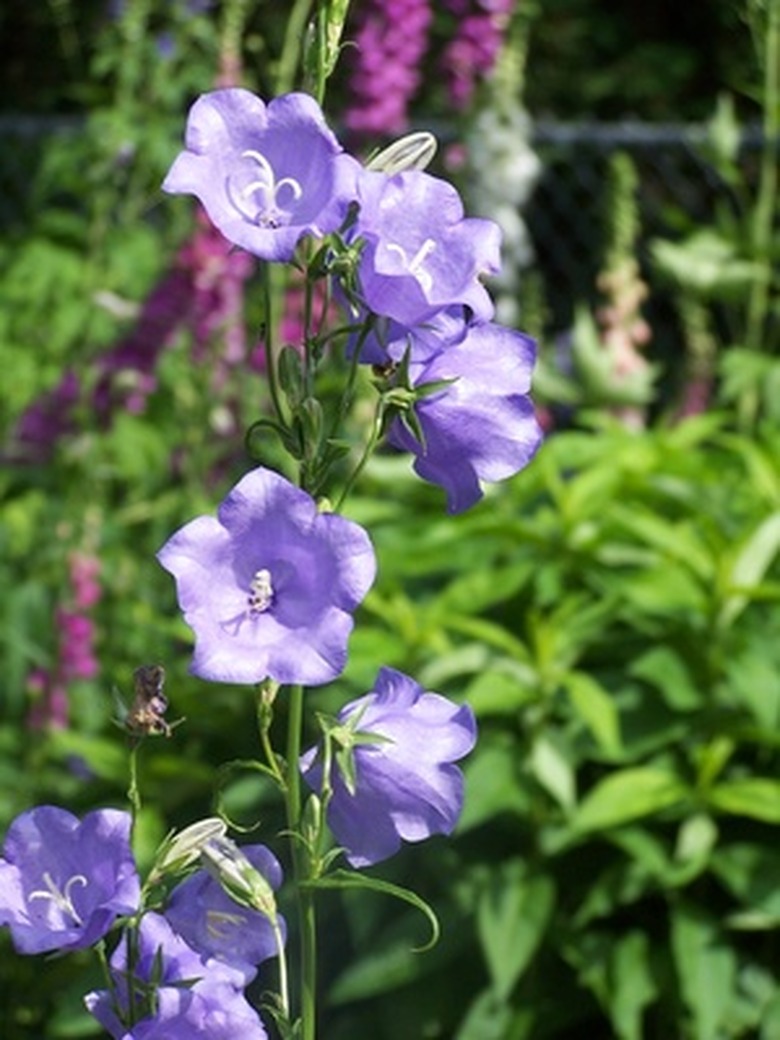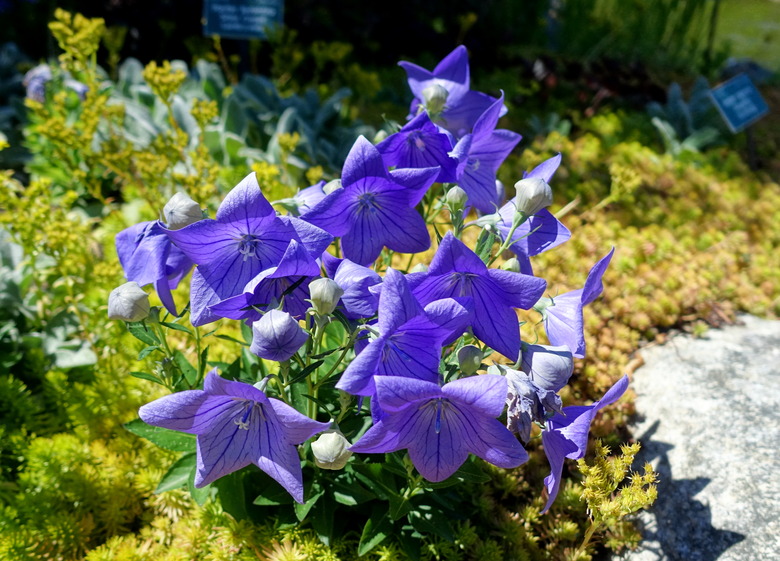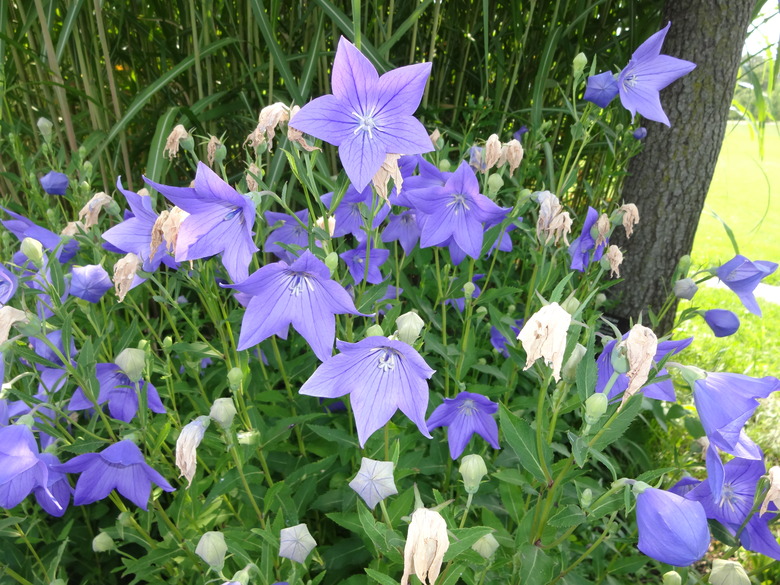How To Deadhead Balloon Flowers
Deadheading balloon flowers (Platycodon grandiflorus) is an integral part of their ongoing upkeep and care. Sometimes called Chinese bellflower, these star-shaped flowers grow best in USDA plant hardiness zones 3a to 8b, where they are well suited to growing in patio containers and in sunny, well-draining garden beds.
Balloon flowers look better, bloom longer and produce fewer seeds if they are deadheaded during the growing season. The process of deadheading balloon flowers is simple to do, but it requires good timing for the intended effect.
About Balloon Flowers
Balloon flowers earned their common name with their balloon-like buds, which pop when squeezed. They are deer-resistant perennial plants grown primarily for their flowers, which typically do not appear until their second year in the garden.
Balloon plant flowers come in shades of purple, blue and white, although some pink varieties of balloon flowers are also available.
Dwarf cultivars of balloon flowers, such as Sentimental Blue (Platycodon grandiflorus 'Sentimental Blue,' zones 4 to 8), bloom in their first year and are suitable for growing as ground cover, while taller varieties like Fuji (Platycodon grandiflorus 'Fuji,' zones 3 to 8) are grown as cut flowers.
Tip
Balloon flowers belong to the plant family Campanulaceae, which is also called the bellflower family.
Deadheading Balloon Flowers
Balloon flowers bloom from early to late summer, producing their characteristic flowers until the first frost. These vigorous bloomers produce masses of blue flowers along the length of their stems.
The faded flowers can be removed individually, or the entire stem can be cut back once most of the flowers start to fade.
- Remove balloon flowers once they start to fade. Pinch off the individual blooms with your fingers of snip them off using pruning shears with a narrow tip.
- Remove the flower just above the nearest leaf or flower stem, which will encourage new growth and further blooming.
- Be sure to deadhead before the flowers are replaced by seed pods, because balloon flower seed pods can shatter, allowing them to self-sow in the garden.
- At the end of the growing season, remove the entire flower stalk once most of the flowers have faded and blooming has slowed. Snip off the stem near the base using sharp pruning shears.
Warning
Never mix sanitizing solutions because harmful fumes will develop.
Sanitizing Your Tools
Balloon flowers are not especially disease prone, but it is still a good idea to sanitize your pruning shears before deadheading them.
- Dip the pruning shears in household disinfectant, let the solution dry on the blades and then wipe them down with paper towels before deadheading.
- Alternatively, soak your pruning shears in a 10-percent bleach solution for 30 minutes. Rinse off the bleach solution, wipe your shears dry and spray down the blades and hinges with lubricating oil to prevent corrosion.
Caring for Balloon Flowers
Learning how to deadhead is only one part of learning how to grow balloon flowers. They must be grown in loamy, well-draining soil in full sun or part shade.
Afternoon shade is especially beneficial in hot climates, but heavy shade will reduce blooming in balloon flower plants and should be avoided.
Watering Tips
Balloon flowers are drought tolerant, but the plants benefit from regular watering during the growing season. Too much water can lead to root rot, so it is important to check the soil before watering.
- Provide up to 1 inch of water each week from late spring until late summer. Check the soil with your fingertip and water only if it feels dry below the surface.
- A 2-inch layer of mulch spread between the plants will decrease the need for watering. Just be sure to leave a gap between the mulch layer and the base of the plant.
Tip
Balloon flowers growing in rock gardens or very porous soil may need more frequent watering during hot, dry weather.
Fertilizer Needs
Balloon flowers are not heavy feeders but can benefit from an application of slow-release fertilizer in early spring.
Use balanced fertilizer granules, such as 12-12-12, or a blooming fertilizer, such as 7-9-5. Apply it to the entire bed where the plants will emerge as the soil warms up.
Staking for Support
Taller varieties of balloon flowers, such as Fuji Blue (Platycodon grandiflorus 'Fuji Blue,' zones 3 to 8) need staking to keep them upright. Install stakes around the outer edge of the plant and loop green garden twine around the stakes to give the plants something to lean against as they grow.


